Part 2 of a series documenting the conservation of silver artefacts for Scotland’s Early Silver exhibition.
The Culbin Sands ring
This finger ring came from an assemblage of material recovered from Culbin Sands in Moray. Something seemed a little strange about this ring, there was very little information about it. It was suggested that the ring was made of bronze, brass or pewter.
As can be seen from the photograph, the ring had a thick crust of corrosion over the surface which would have developed during burial. The corrosion obscured finer details of the ring form and the material it was made of.
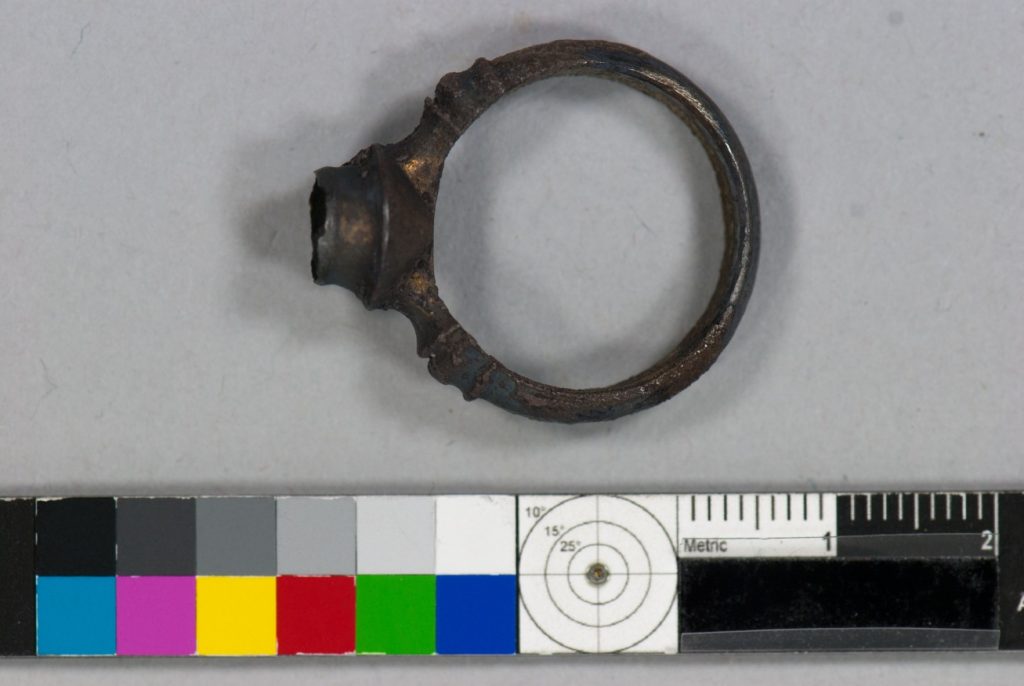
Looking at the type of corrosion on this ring can give some clues to the underlying material; if this was a bronze ring we might have expected to see blue or green colouring produced by the copper in the bronze or white corrosion from the lead if it was pewter. The ring was not showing any of these types of corrosion.
Our analytical scientist examined the ring using X-Ray Fluorescence (XRF) through which all the constituent metal elements of the object can be identified non-destructively. This analysis revealed that the ring contained silver, gold and mercury . The surface crust was likely to be a silver based corrosion product
Armed with this new information we were able to develop a method of treating the ring. For extremely corroded metals we will often use small picks and dental tools to mechanically remove corrosion. However, as we had discovered the ring was made of gold and silver, which are quite soft metals, it required a different type of treatment to avoid any damage to the object. Instead of mechanical removal of corrosion, we used electrochemical techniques to clean the ring.
Electrochemical cleaning
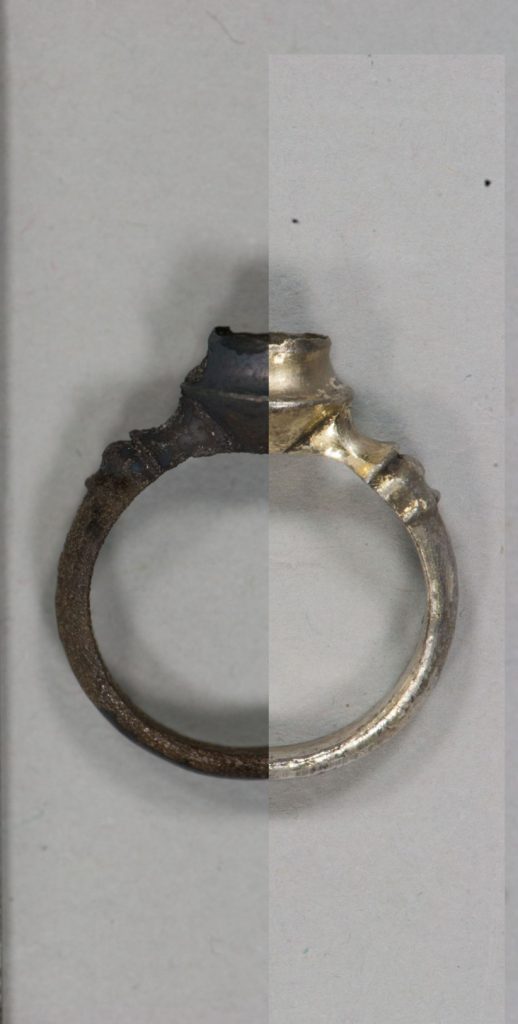
Electrochemical cleaning techniques normally require the object to be immersed in a very dilute salt bath known as an electrolyte and a weak electrical current passed through the object which reduces the corrosion. The ring has a bezel that may have one time held a decorative stone or enamel; we did not want to get salts from the electrolyte trapped inside the bezel, so we used a special pen which can electrochemically reduce the corrosion in localised areas without exposing sensitive areas to the electrolyte.
Normally when we clean tarnished silver in this way the cleaning is very quick and takes a matter of seconds, the thickness of the corrosion crust on the ring meant the treatment on this ring took quite a few hours.
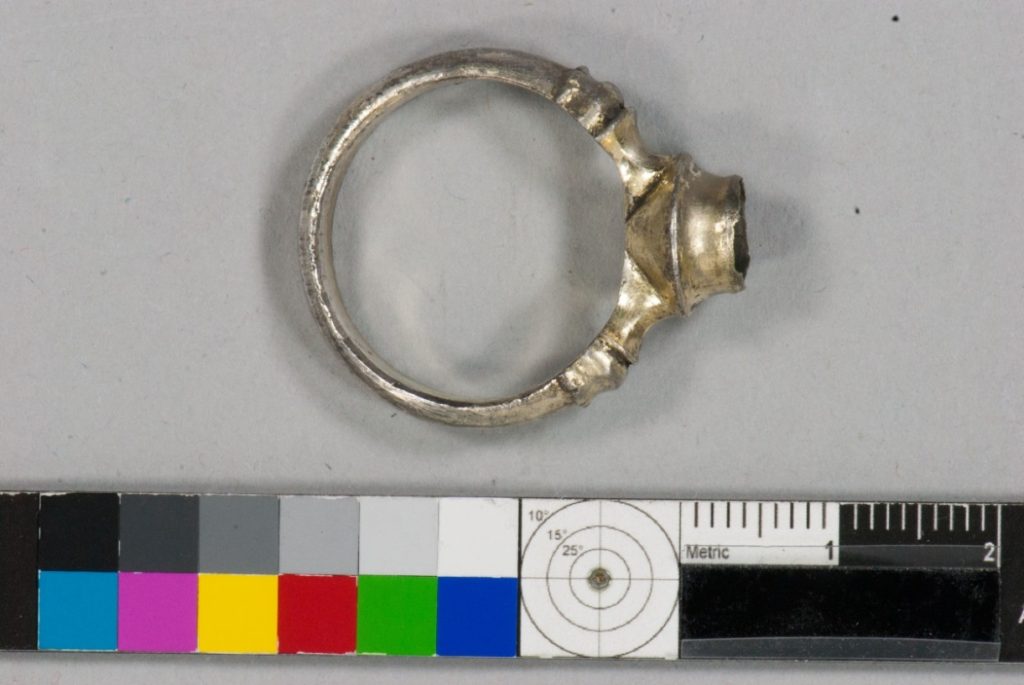
As you can see the transformation of the ring was quite spectacular, there was a quite substantial amount of the gilding still surviving.
A coin conundrum
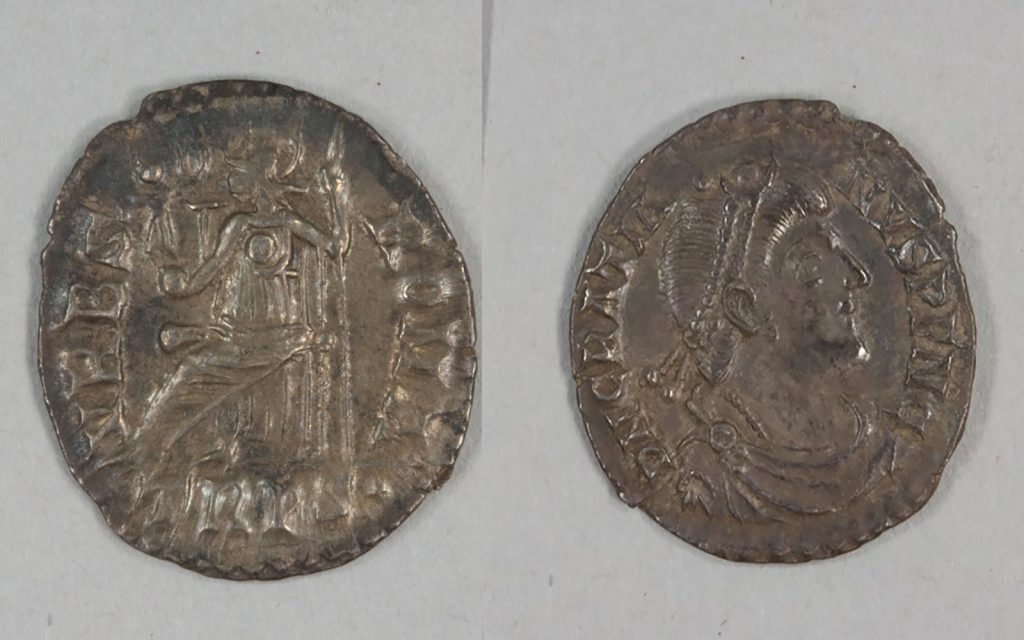
The ring was not the only object that we electrochemically cleaned; we also had about 100 silver coins to clean. With years spent in storage or on display, silver can start to tarnish. With exposure to atmospheric pollutants, this can lead to more serious corrosion problems if left untreated. This can be seen with the example of the process of cleaning the silver coin of Gratian.
Due to many silver objects we had to clean for this Scotland’s Early Silver, the method of electrochemical cleaning enabled us to clean batches of coins and most silver objects in a shorter space of time.
Once the coins are cleaned we have to make sure that the coins are protected against re-tarnishing. To achieve this we coated each individual coin with an acrylic lacquer.
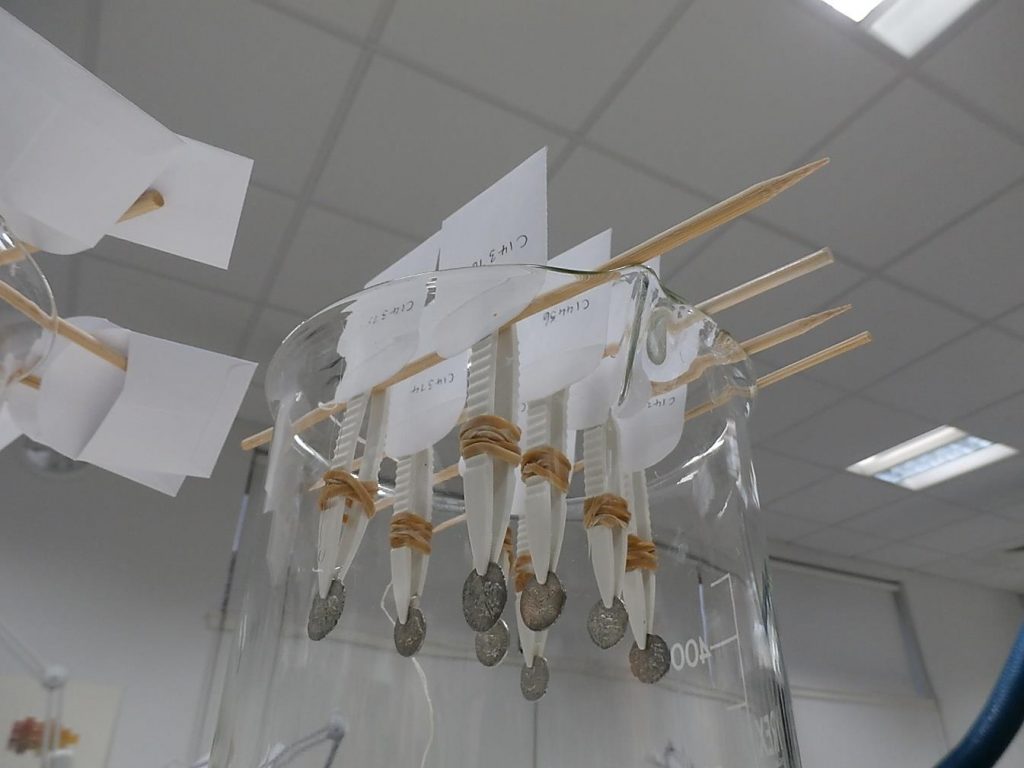
We set up a production line for coin cleaning in the labs, to electrochemically clean, rinse, dry and lacquer the coins in batches. We developed a novel way using plastic tweezers, rubber bands and bamboo skewers to lacquer the coins by dipping. The main challenge was to keep track of the coins during the processes, so each coin was identified by a large label.

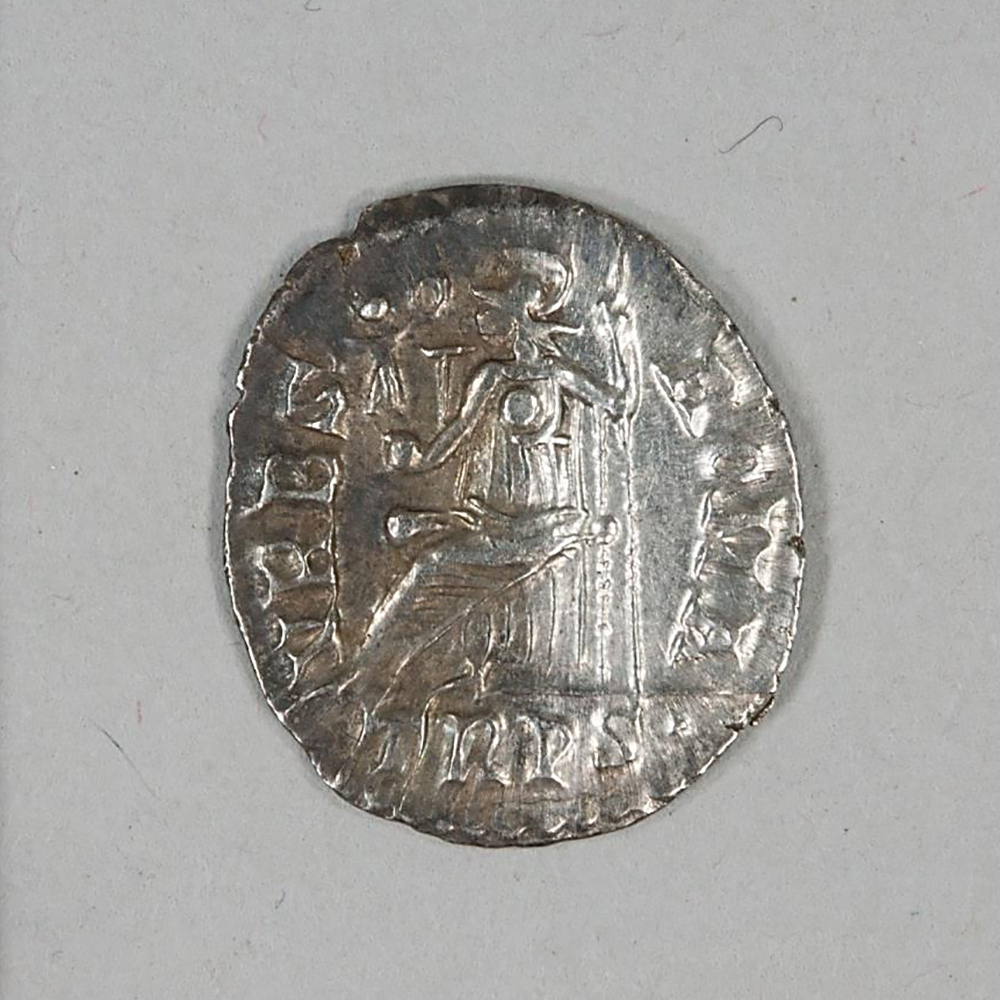

Acknowledgements
Special Thanks to all the teams who made the Conservation work for the Scotland’s Early Silver exhibition so enjoyable!
Curatorial Department
Alice Blackwell – Glenmorangie Research Fellow, Scottish History & Archaeology
Fraser Hunter – Principal Curator, Prehistory & Roman Archaeology
Jim Wilson – Assistant Curator, Prehistory & Roman Archaeology
Craig Angus – Assistant Curator, Medieval Archaeology & History
Exhibitions
Hannah Boddy – Lead Exhibition Officer
Collections care: Conservation
Jane Clark – Head of Artefact Conservation
Charles Stable – Artefact Conservator
Diana de Bellaigue – Artefact Conservator
Lydia Messerschmidt – Assistant Artefact Conservator
Julia Tauber – Assistant Conservator Science & Technology
Tatiana Marasco – Preventative Conservator
Amreet Kular – Artefact Conservation Intern
Collections care: Science
Lore Troalen – Analytical Scientist
Photography
Neil McLean – Lead Photographer, Collections Information
Mary Freeman – Photographer, Collections Information
Design
Esther Titley – Designer
Kimberly Baxter – Designer
External contractors
Alan R Braby – Archaeological Illustrator @brabyshep
Richard West – Mount maker @lightlywest
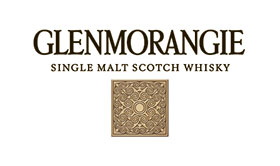
The Glenmorangie Research Project aims to extend our understanding of Scotland’s Early Medieval past and was established in 2008 following a partnership between National Museums Scotland and The Glenmorangie Company. The current phase of research, Scotland’s Earliest Silver: power, prestige and politics will look at the biography of this precious metal as it was used and reused in Early Medieval Scotland.
Scotland’s Early Silver exhibition is on at the National Museum of Scotland until 25 February 2018 and follows three years of research supported by The Glenmorangie Company.
